-
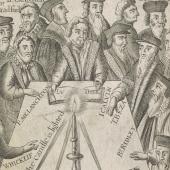
An imagined Reformation roundtable
-
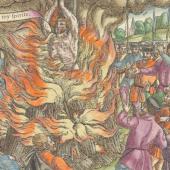
John Foxe’s ‘Book of Martyrs’: staking a claim to the past
-
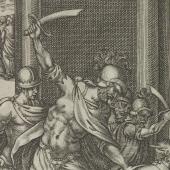
Catholic martyrology, trophies and inspirations
-
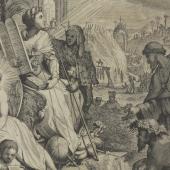
The Martyrs’ Mirror and the memory of a minority
-
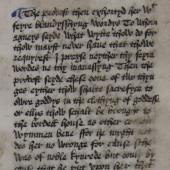
Read no further: the Golden Legend in Reformation England
-
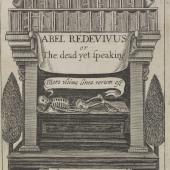
The dead yet speaking
-
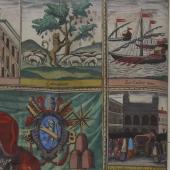
Robert Tofte’s Rome
-
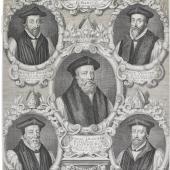
Bishops and persecution: solidarity across centuries
-

The Bäumgartner letters: an archive of Reformation
-
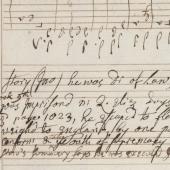
The Coldham Hall music manuscript: identity in opposition
-
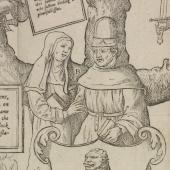
A heretical family tree
Collected Lives
Remembering the Reformation
Biography is always an act of selection, editing and, ultimately, of imagination. This is even more pronounced when multiple lives are drawn together into a group biography. The items in this category each represent one such moment or instance, a text or image in which different figures and histories are woven into one narrative. In many of these cases the polemical purpose of this is obvious: the representation of multiple figures as part of one continuous movement makes a claim about unity and solidarity across time, space and doctrinal divisions. Yet such claims are heavily predicated on purposeful forgetting. The delineation of communal identity relies on a process of determining those inside and outside that community, and exclusion is thus as central a part of the process as inclusion.
The concept of ‘collective memory’, shared across a local, religious, political or even national grouping, has been both much used and much criticised in memory studies. The idea of one single shared memory, passed down through generations, is perhaps always more metaphorical than it is representative of actual practices of the transmission of historical knowledge, but the metaphor is a powerful one. Memory as a shared resource and cornerstone of identity is apparent in many of these items. This idea perhaps had particular resonance in the Reformation as the past itself became such disputed territory. Competing claims to the legacy of the early church meant that lineage was crucial; collective biography was one way of demonstrating, or indeed disputing, such pedigree. Yet the genre also had many other potential uses. Classical models of the ‘great lives’ as moral inspiration retained much power, and a collection of lives could also serve as way of capturing a particular culture or historical age. What is shared across all these forms is the idea of lives as representative, of individuals as building blocks of a larger narrative.